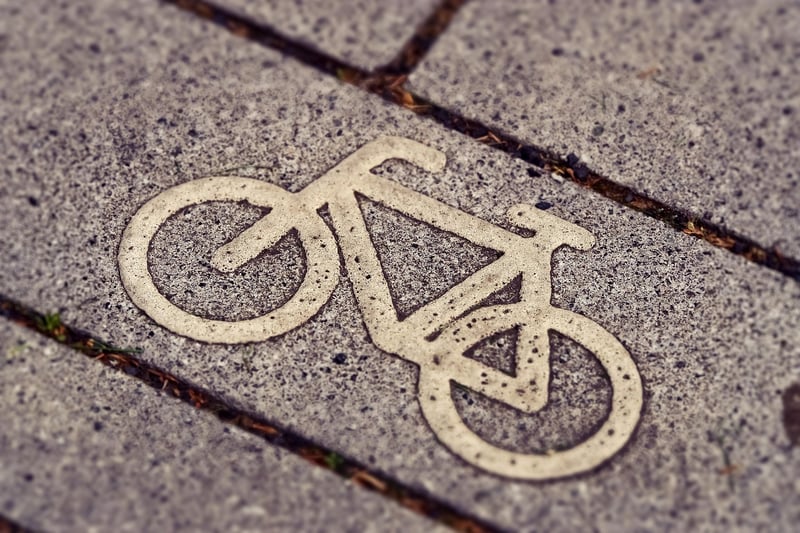Repotting Guide
Tips for Growing in Limited Spaces + Repotting Guide
Gardening in Small Spaces
Urban gardening or gardening in limited spaces is a growing trend. Here are some tips to help you make the most of your space:
1. Choose the Right Plants
Opt for compact or dwarf varieties that thrive in containers such as herbs, strawberries, cherry tomatoes, and peppers.
2. Vertical Gardening
Utilize vertical space by installing trellises, hanging baskets, or wall-mounted planters to grow climbing plants like cucumbers or beans.
3. Container Gardening
Grow plants in pots, containers, or window boxes. Ensure proper drainage and use lightweight potting mix for better aeration.
4. Utilize Windowsills
Windowsills are great for growing herbs, small vegetables, or flowers. Make sure they receive enough sunlight throughout the day.
Repotting Guide
Repotting is essential for plant health and growth. Here's a step-by-step guide:
1. Choose the Right Time
Spring is the best time for repotting as plants are actively growing. Signs that a plant needs repotting include roots growing out of drainage holes or water pooling on the soil surface.
2. Select the Correct Pot
Choose a pot that is one size larger than the current container with drainage holes to prevent waterlogging.
3. Prepare the Plant
Gently remove the plant from its current pot, loosen the root ball, and prune any damaged roots.
4. Add Soil and Repot
Place a layer of soil in the new pot, position the plant at the same depth as before, and fill in with fresh potting mix. Water thoroughly after repotting.
5. Care After Repotting
Place the repotted plant in a shaded area for a few days to recover. Resume normal care routines including watering and fertilizing.
By following these tips for gardening in limited spaces and mastering the art of repotting, you can enjoy a thriving indoor or urban garden!


